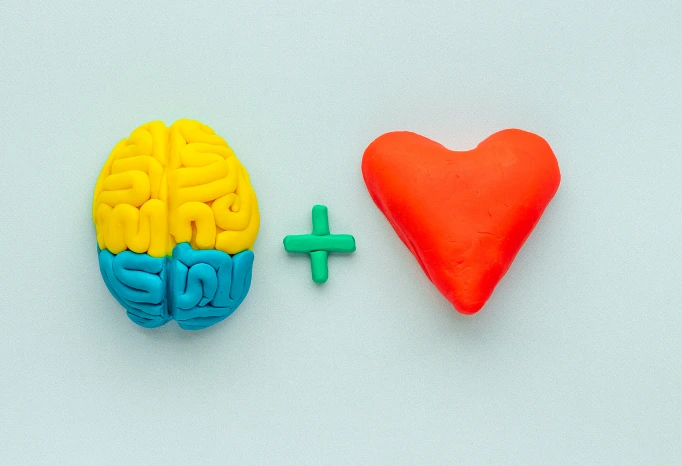As a trainer, are you familiar with educational alignment? Maybe it’s time you looked into it. This is fundamental concept in university teaching that has a lot to offer. Whether you are experiencing problems in your teaching or you simply want to improve, there is every reason to look at this concept more closely. This great tool will enable you to design a coherent course in line with your learning objectives. But how to implement it simply? Let’s start with the basics: understanding the concept.
The potential benefits of educational alignment
Your goal as a trainer is to transfer your knowledge effectively to your learners. This is the very essence of your job and why your learners will thank you and recommend you. Your reputation and business development therefore depend on it. Educational alignment offers a number of advantages to help you achieve this.
What is educational alignment?
Educational alignment was theorized for the first time in 1996 by John Biggs under the term ‘constructive alignment’. It is now well-known to teaching advisors who support trainers in creating their course content.
It is based on the simple principle that the design of your course must be coherent. Seems logical, right? Yet there are a certain number of parameters to be taken into account in order to achieve it. And it is not always easy to put in place. The learning goals of your course should therefore be consistent with your teaching methods and the evaluation strategies you choose. Likewise, it you work in a sector that requires the use of certain tools, they must also be very carefully selected in line with your goals at the outset. So why apply this principle?
Why apply educational alignment in professional training?
Many trainers do not follow this principle or do it intuitively but not really properly. Yet it can help you to avoid a number of problems such as inattentive students suffering from a loss of motivation or difficulty in applying what they have learned. Let’s take an example: imagine you are teaching someone how to drive a car. To this end, you offer them a theory class. You then ask them to take the wheel. There is every chance the student will find it hard to do what you are asking of them. Because the chosen teaching method is not focused on the practical aspect, the student will find it hard to apply what they have learned. The consequences can rapidly become harmful for the student: loss of self-confidence, apprehensiveness, etc.
Educational alignment would have made it possible to set clear goals and to vary the practical exercises to enable the student to take the wheel with confidence and peace of mind. It would then also have been easier to evaluate them. Similarly, varying the exercises is a good driver of motivation.
For you, as a trainer, this is a real plus as it enables you to conduct an in-depth review of your teaching methods by adding more interaction. Your evaluation system will also be better as a result. You will gain your learners’ trust, who will then freely recommend you to others.
How to implement educational alignment?
The principle of educational alignment no doubt seems simple. It is, in effect, based on logic. Implementing it in practice is not always easy, however. What are the different steps to follow and pitfalls to avoid? Let us guide you through them!
Define the learning goals
Your first role consists in defining the learning goals, i.e. what your learners must master by the end of your course. This may be in terms of skills, knowledge or ability. The aim? To have a guideline that will lead each party involved towards success. These goals must be short and unequivocal.
Formulating these goals at the start of the training session will also let the students know what they can expect and motivate them.
Choose coherent teaching methods
Once you have defined the learning goals, the principle of educational alignment requires that you choose suitable teaching methods. It is a good idea to vary them to motivate the learner by making them an active player in their own learning. This can simply be taking notes, conducting research, a discussion, a debate or activities to complete in a group or individually.
Be innovative but bear the initial learning goals in mind.
Set up relevant evaluations
In order to respect educational alignment, your evaluation must be flexible and once again adapted to the defined goals. A multiple-choice questionnaire would not, for example, be very relevant to evaluate the quality of your students’ writing. A written exercise would be more appropriate. This way, you can go back over what you have covered in the class and your evaluation will be more logical. Your teaching will flow better as a result and your learners will have a better learning experience.
Conclusion
Educational alignment is a fantastic tool that will help you to progress as a trainer. By applying its principles, you will quickly resolve the learning issues you may be encountering and will also improve your training courses. Get practising and read a little around the subject: you will quickly start to see results.












